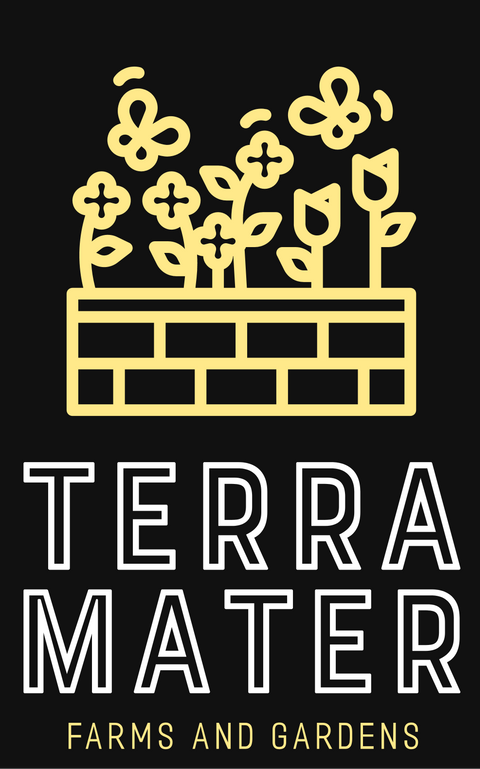Yellow Giant Hyssop Seeds – Tall, Fragrant Native with Medicinal Qualities (Agastache nepetoides) – Bee & Herbalist Favorite
Minimum: 100+ Seeds
A Towering Native Powerhouse for Pollinators and Herbalists Alike
If you’re looking for a towering, fragrant, and medicinal plant that brings both beauty and biodiversity to your garden, Yellow Giant Hyssop (Agastache nepetoides) is the answer. Native to the eastern and central U.S., this underappreciated prairie wildflower can grow up to 6 feet tall, producing pale yellow flower spikes that draw in a flurry of native bees, wasps, and butterflies. Whether you're a wild gardener, an herbal tea lover, or someone restoring native habitat, this graceful giant is a natural standout.
A Soothing Scent That Attracts Life
Yellow Giant Hyssop may not be as well-known as its purple cousins, but don’t let that fool you, this is one of the most beneficial and beautiful members of the mint family. It grows upright with a sturdy, square stem and long, lance-shaped leaves that emit a subtle anise or licorice fragrance when crushed. In late summer, it erupts into creamy yellow flower spikes that glow in the sunlight and vibrate with pollinator activity.
-
Height: 4–6+ feet
-
Spread: 18–24 inches
-
Bloom Time: Late summer into fall
-
Zones: 3–8
-
Sun: Full sun to part shade
-
Soil: Moist, well-drained, loamy or sandy
Ecological & Medicinal Wonder
This is one of those rare native perennials that’s both a pollinator magnet and traditional medicinal herb. Bees adore it, including native bumblebees and long-tongued specialists. In traditional herbalism, Agastache species have been used for teas and infusions said to help with digestion and soothe the nerves. While Agastache nepetoides is milder than its showier cousins like Anise Hyssop, it still offers aromatic and calming qualities.
-
🐝 Pollinator Favorite: Excellent nectar source for bees, butterflies, and beneficial wasps
-
🌿 Herbal Use: Leaves can be used fresh or dried for mild teas
-
🏞 Native Restoration: Valuable for prairie and woodland edge restoration
-
🦌 Deer Resistant: Scented foliage usually deters grazing
A Living Beacon in Any Garden
I like to plant Yellow Giant Hyssop along fences or at the back of native beds, it adds vertical height without becoming aggressive. Despite its impressive size, it's well-mannered and blends beautifully with echinacea, milkweed, bee balm, or rudbeckia. It thrives in moist but well-draining soil and will even tolerate part shade, rare for a tall native bloomer.
How to Grow Yellow Giant Hyssop from Seed
Like many native perennials, this species benefits from cold stratification. Sow outdoors in fall or simulate winter by refrigerating seeds for 4–6 weeks before planting indoors.
-
Seed Depth: Lightly press into soil or barely cover (1/16")
-
Spacing: 18–24 inches apart
-
Germination: 2–4 weeks after stratification
-
Light: Full sun to part shade
-
Watering: Regular watering until established, then drought-tolerant
-
Maintenance: Cut back stems in late fall or leave standing for winter interest and wildlife habitat
Why Grow It?
Because we need more plants like this. Native. Medicinal. Beautiful. Tall. Buzzing with life. Yellow Giant Hyssop fills a niche in the garden and in the ecosystem, supporting pollinators while offering old-world herbal charm. Whether you're building a medicinal herb spiral, filling in a food forest edge, or just want something different, this is a plant that gives back.
Grow tall. Grow healing. Grow native.
Bring the quiet power of Yellow Giant Hyssop to your garden and be part of keeping our herbal and ecological heritage alive.

